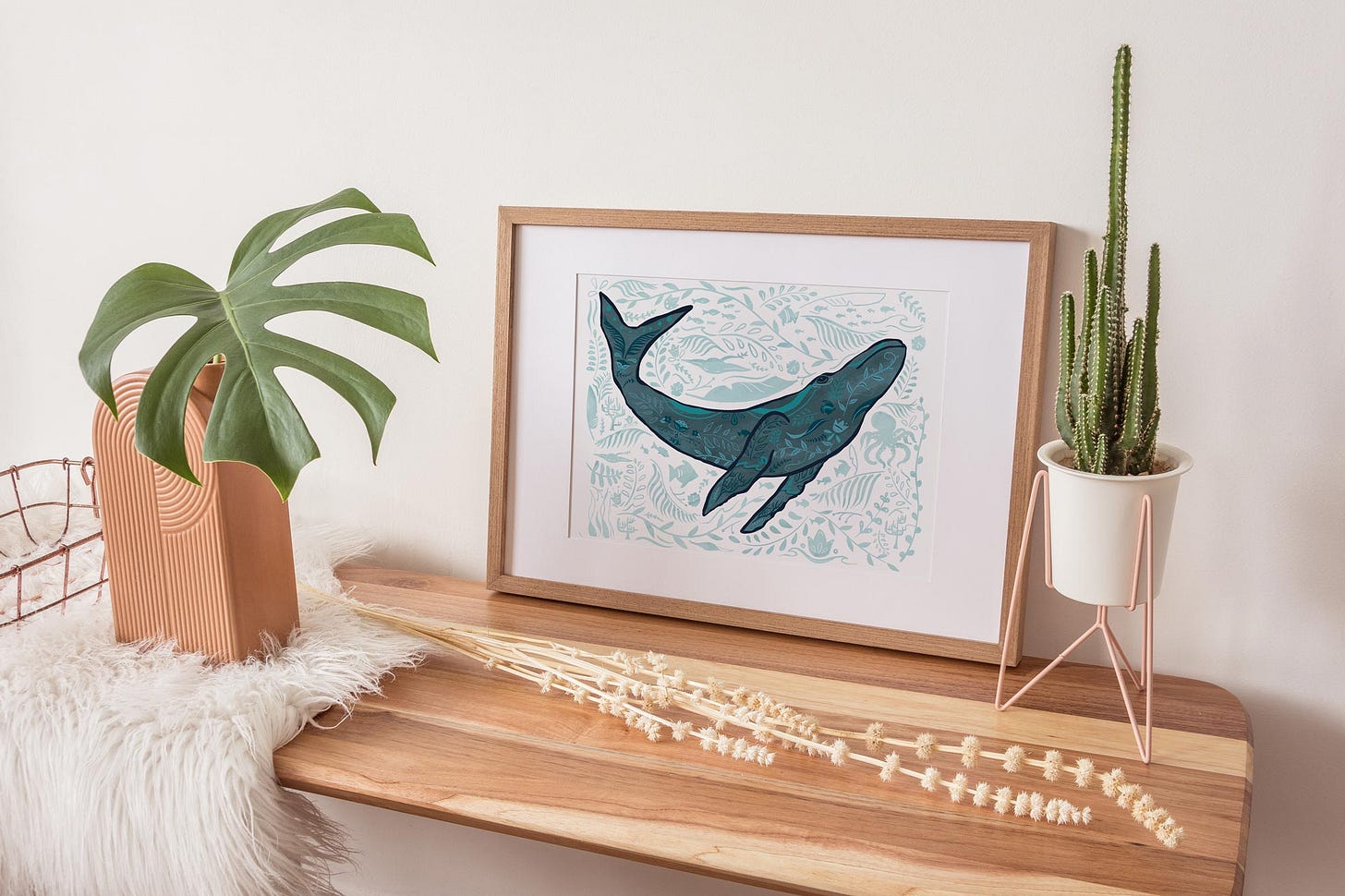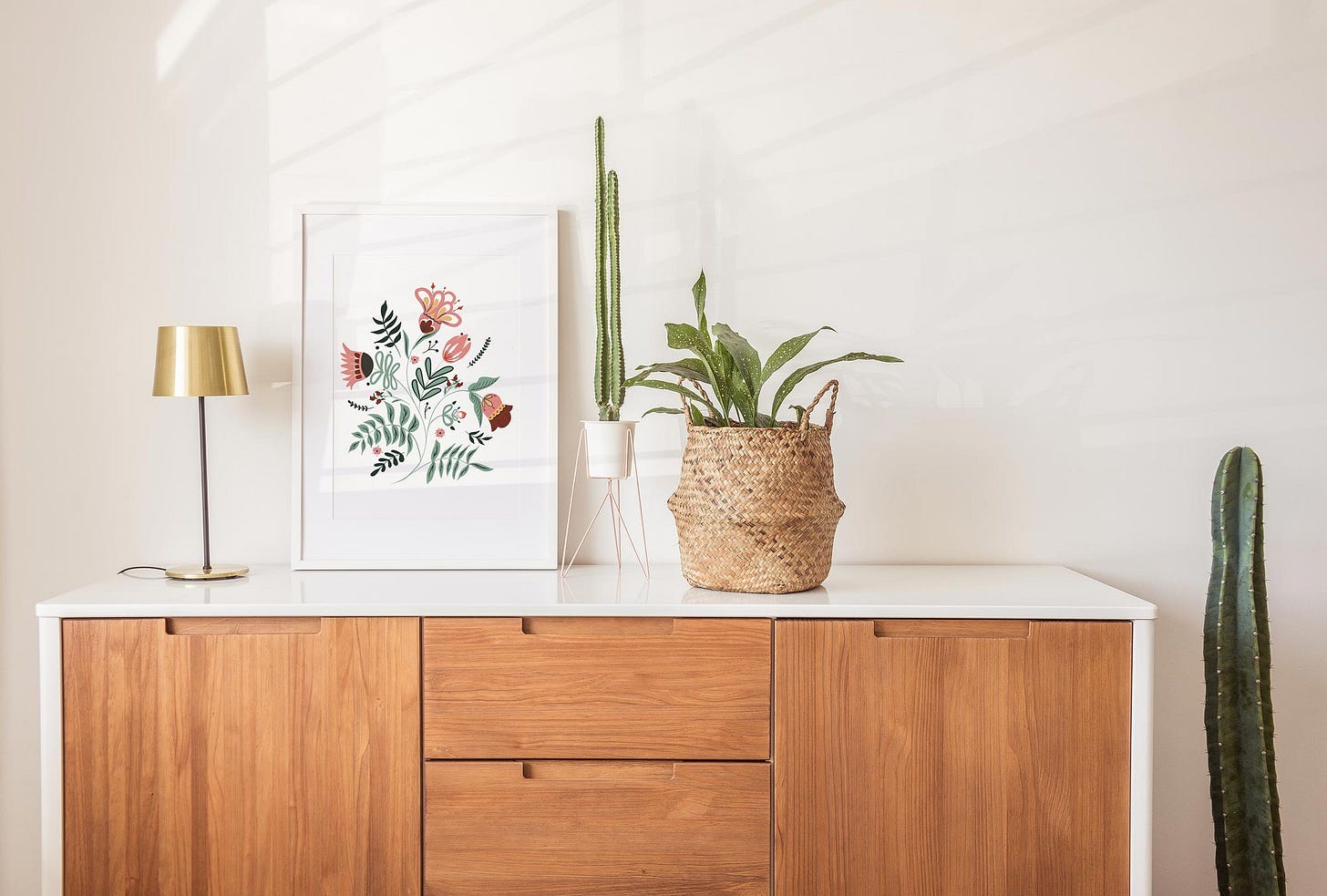American Folk Art: Exploring New Techniques
After witnessing Mexican folk art at the Denver Botanic Gardens, I've gone down a rabbit hole to learn more about the different styles of Folk Art and see how I can add them into my works.
The Alebrijes (spirit Guides) featured at the Denver Botanic Gardens continue to influence my work. I can’t stop thinking of the colors and patterns that come from this Mexican influenced folk art. It had me so captivated that I have since gone down a rabbit hole of Folk Art inspiration and learning more about this style (As per usual, when I learn something new or become fascinated by something I have to know everything about it and usually spend a few months obsessing. Call it a Katie Quirk…my husband does!)

What I’m learning about folk art is there isn’t a whole ton of information out there. Or at least not easily accessible info. Folk Art follows trends based on the culture it’s created in and almost every culture/country has some form of Folk Art associated with it.
Interestingly enough, folk art has a very loose definition mostly meaning that it’s made by hand, in the community, and has a utilitarian purpose. It’s function comes first and then form second. It’s also seen as a decorative art form turning everyday objects into something beautiful (or magical ✨).
To me, folk art is often flat. Painted with 1-2 colors leaving white space between the elements and offering some sort of story or ode to nature as it’s context. I’ve steered clear of this style of art for awhile because I thought that what I liked in my art was the depth created with color theory and the use of light. And while I do think that has a place (and even could be used in folk art to a degree) what I’ve discovered over the last week in playing with my own folk art images is that it’s actually the attention to detail that I love in my art. Layering lines or negative space in these pieces allows for that detail to shine through.
I also love story telling which still happens with folk art, and maybe even more profoundly than in many traditional arts. In the whale piece and elephant piece, I’ve added animals that represent these character’s homes and cultures to the elements in the background. They add to their story. It’s been a fun process making me want to add to the animals I have portrayed in this style (What animals do you want to see added to the collection?)
In a Note I posted here on Substack yesterday, I showed off a polaroid painting I did (a mini painting with a border like a polaroid photo) of a hummingbird with a folk art inspired background. I kept my usual detail oriented style and added depth to the hummingbird but allowed the background to be flat which added more emphasis to the bird. This new folk style I’m on continues to influence my work and is bringing in new ideas not only for how I paint but also for how I design wallpaper too. It’s amazing how it all comes together and I’m loving what it’s turning into.





